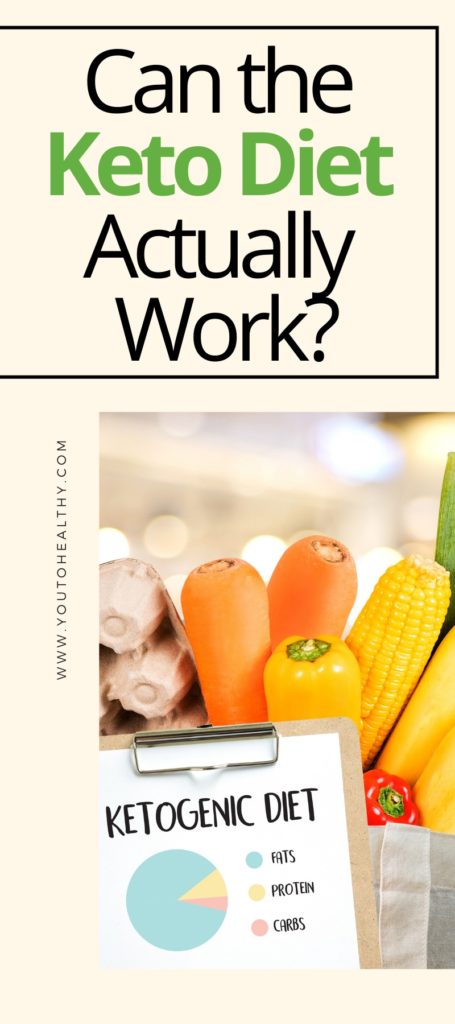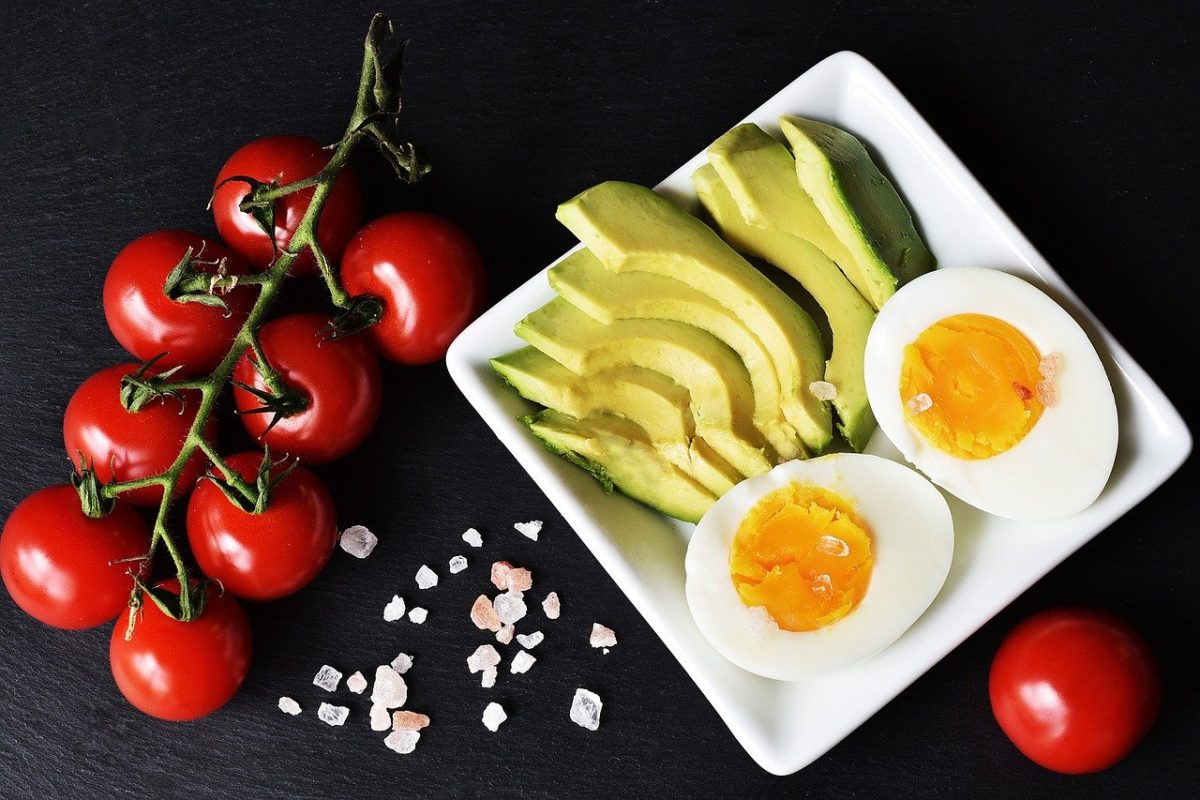In the world of fad diets, keto has one of the largest followings. From cookbooks to YouTube videos, the keto diet remains popular and relevant, with a simple structure for anyone interested in trying it.
A keto dieter focuses on eating food with very low carbohydrates and high-fat qualities. This replacement of carbohydrates with fats shifts your metabolism into a state called ketosis, which is how the diet got its name.
The process of ketosis allows your metabolism to burn fat faster instead of using carbohydrates. This is why many dieters say that they’ve experienced significant weight loss on this diet, as it burns fat faster (Mawer, 2018).
But not only does the keto diet make you look great, but it will also make you feel great. It can help lower insulin sensitivity, cholesterol levels, the risk of heart disease, and even some cancers.
Amazingly, studies on the keto diet have also shown that it can help to slow the progress of Alzheimer’s disease and Parkinson’s disease, both of which can negatively affect the quality of a person’s life.
Please note however that the studies on the keto diet are still ongoing, and not applicable to all dieters. There you can see why there are still questions about the keto diet effectiveness or the pros and cons of the Keto diet.

You may also like: How Powerful is the Paleo diet? Pros and Cons
Types of Keto diets
There are different variations on the keto diet—or four types of ketogenic diets—allowing a dieter to choose the best fit for them, as well as what may be recommended by a health specialist.
The Standard Keto Diet targets the metabolism to burn more fat while getting more protein. It is low in carbs, high in fat, and moderate in protein.
Similar to the standard ketogenic diet, the High Protein Ketogenic Diet allows one to consume more protein, so you burn more fat but also add more protein for boosted muscle growth.
The Targeted Keto Diet functions around your workouts so you can add carbs where needed.
The Cyclical Keto Diet has periods of higher-carb intake, such as 3 low fat, high protein days followed by 2 higher carbohydrate days.
Because athletes use the cyclical and targeted ketogenic diets more than others, there is not enough data to show the keto diet effectiveness of those two segments on an average metabolism.
Please consult a health specialist before using them.
What do people on the keto diet actually eat?
Well, it’s actually pretty simple. The Keto diet allows for food like red meat, chicken, bacon, fatty fish (salmon) eggs, butter, cream, unprocessed cheese (mozzarella), nuts, low-carb veggies, avocados, and healthy oils, like olive oil.
These foods tend to be higher in fat or lower in carbs, making them the perfect choice for anyone on the keto diet.
Keto dieters also try to avoid the following foods: soda, grains or starches, fruit, beans or legumes, root veggies (potatoes), low fat/diet products, unhealthy fats (mayonnaise), alcohol, or processed foods (Mawer, 2018).
This can be difficult for many dieters to avoid things like fruit or grains. But if you are not into eating fruits and grains, once you get into the routine of meal prepping and planning the meal choices for you, the keto diet won’t seem that hard.
Here’s an example menu of a keto dieter, just so you can see what choosing low carbs and high fats looks like:
- Breakfast: Scrambled eggs with feta cheese and turkey
- Lunch: A burger with bacon and avocado and celery for a snack.
- Dinner: Salmon with a side salad.
When looking at the menu, the choices for low carb and high fat don’t seem that hard! Plus, you get to eat things like butter and cheese, which other diets, such as the paleo diet, may not have.
Final Considerations
While the ketogenic diet sounds like a great way to lose weight, be sure to check with a health professional before starting this diet, as it does shift your metabolism, which can cause uncomfortable side effects.
Additionally, this diet may cost more, as fresh produce and meat tend to be more expensive than processed foods. Keep in mind that your desired weight may not be the best weight for your body shape and that there are plenty of other, more flexible, diet plans out there to get you to the shape you want.
The most important rule for dieting is to do it because you want to be internally healthy, not because you feel the need to look more fit or more in shape. This gives dieting unhealthy motives, and can easily cause people to give up their diets more quickly than those with positive motives.




